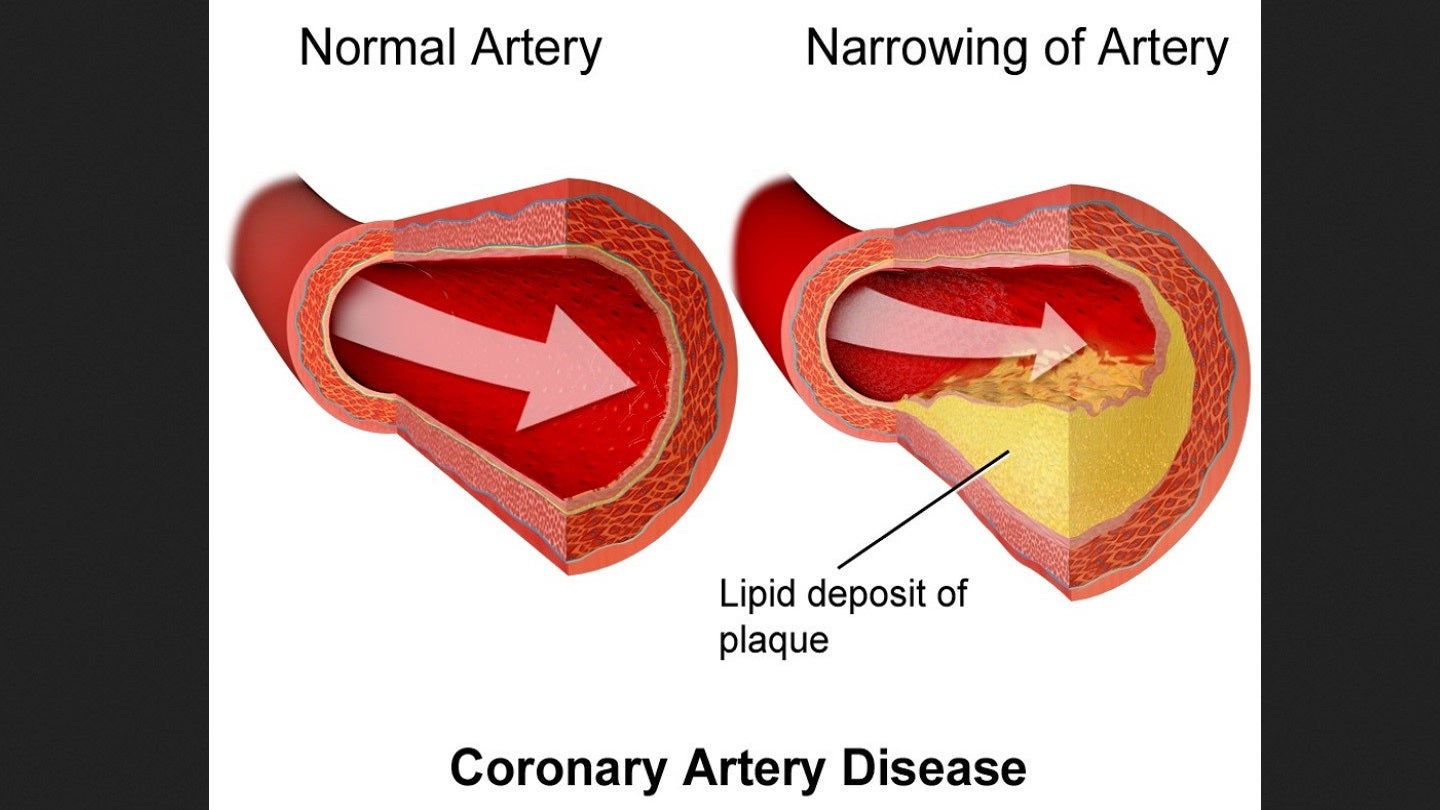
Shockwave Medical has introduced its new coronary intravascular lithotripsy (IVL) catheter in select international markets.
The Shockwave C²⁺ IVL catheter is intended for the treatment of severely calcified coronary artery disease.
Shockwave C²⁺ is now commercially accessible for treating de novo coronary artery disease in Europe and select other areas.
It is claimed to offer 50% more pulses per catheter than Shockwave C² and is engineered to treat longer calcified lesions, as well as complex eccentric and nodular calcium.
Royal Brompton Hospital, London consultant cardiologist Dr Jonathan Hill said: “Shockwave C²⁺maintains the intuitive catheter design and ease of use that are foundational to the success of Shockwave IVL and incorporates improvements that will enhance procedural efficiency and optimise the treatment of the most challenging morphologies.”
Furthermore, the company has enrolled the first subject in the EMPOWER CAD all-female study of percutaneous coronary intervention.
The prospective trial is designed to confirm the benefits of coronary IVL in female patients with calcified lesions.
New York-based St Francis Hospital’s Department of Cardiology chairman Dr Richard Shlofmitz enrolled the first patient in the study.
EMPOWER CAD co-principal investigator Margaret McEntegart said: “We are excited to initiate enrollment of the EMPOWER CAD study, the first prospective clinical study in the interventional space that is completely dedicated to female patients.
“This is a major step towards better understanding the optimal strategy for calcium modification in female patients, an under-represented patient population who frequently are more challenging to treat and often experience suboptimal outcomes.”



